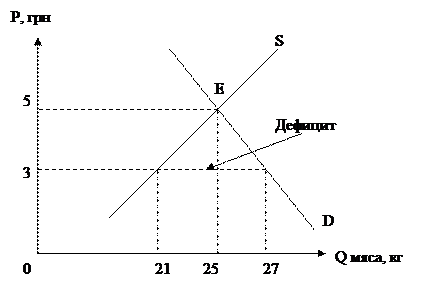Preface to the Second Edition
I was very excited last summer when Jennifer Knerr, then acquisitions editor with Rowman & Littlefield, contacted me about doing a second edition. She noted that the book had been selling well—thanks especially to all those who have adopted the book for their courses—but given the dynamic pace and ever changing nature of indigenous politics, she encouraged me to consider producing a revised text in order to keep the book timely and relevant. I eagerly embraced this task, even though revising a book, I soon discovered, is not an easy assignment, given the volatility of the subject matter. Still, my burden was lightened because since its publication in 2002, I have received encouraging words and important and helpful feedback from students (high school, undergraduate and graduate, and professional), colleagues, faculty, and a number of reviewers. The book filled an important niche because, as one review noted, it was the “first general study of contemporary Indians in the U.S. from the disciplinary standpoint of political science.” More importantly, although written broadly from a political science perspective, I sought, heeding the good counsel of my friend and mentor, Vine Deloria Jr., to write from an even broader interdisciplinary perspective that incorporated history, law, culture, economics, communication, among others. Thus, students and faculty alike generally agree that the first edition was comprehensive yet concise work that addressed the critical and often complicated political issues in a way that helped them gain a deeper understanding of tribal governments and their internal and external political and diplomatic relationships with local, state, and federal governments. Readers also welcomed the various appendixes—especially the time line, Internet sources, federal laws, and so forth—and the short case histories of specific First Nations or particular issues which added detail and realism to otherwise abstract topics. Of course, no book is without flaws, and I have appreciated the constructive criticisms I have received these last several years from students and peers. Your critiques guided me as I worked my way through the revision process. I hope you will find this second edition equally, if not more, relevant to your intellectual and professional pursuits. Indigenous politics and the fluid, occasionally explosive, relationship between Native nations, the states, and the federal government, is an exciting field of study that warrants far more scholarly attention than it yet receives in the academy. I am pleased to report, however, that two recent books have been published on Native politics that are most useful. Jennifer Robinson, Susan Olson, and Daniel McCool, wrote “I’m Indian and I Vote”: American Indians, the Voting Rights Act, and the Right to Vote, published by Cambridge University Press, that critically evaluates the impact the 1965 Voting Rights Act and its amendments have had on the voting rights of indigenous peoples. Second, John Glover published a book, Tribal Sovereigns of South Dakota: A Description of Contemporary Sioux Governments, that discusses the structures, origins, and operations of the Native nations of South Dakota. My hope is that my revised text will provide even brighter clarification and substantive data for the multitude of issues and problems that both embolden and bedevil indigenous nations in their status as the original sovereigns of this land and in their malleable historical, political, legal, and economic relationships with the larger society and state. This second edition has benefited from the insights and suggestions of a number of additional individuals, tribal nations, and institutions, including the many identified in the original preface. Thanks especially to Vine Deloria Jr., Patricia Albers, Steven Rosenstone, Nancy Herther, Colin Calloway, Linda Welch, Deron Marquez, and the many students and faculty colleagues I have had the pleasure of working with these last several years. And thanks, finally, to the two First Nations I am most intimately connected to—the Lumbee of North Carolina and the Dine (Navajo) of the Southwest. xiv PREFACE TO THE SECOND EDITION
|




